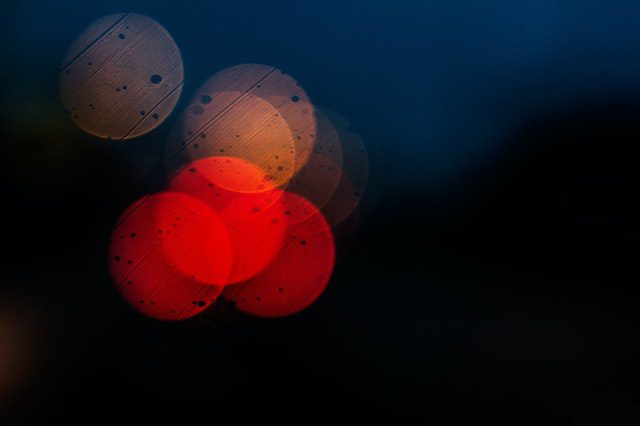If you are like most people, the red rashes you noticed on your torso (central part of your body) or arm would be a cause for concern after a while. Could it be a fungal infection like tinea corporis? Could it be a viral infection or an eczema? Is the red dot pityriasis rosea?
Perhaps you are simply reacting to a new cosmetic product that you just purchased, or a drug you took. It is usually quite difficult for people to tell which is which, and that uncertainty leaves room for worry or confusion.
Pityriasis rosea, though initially complex, can be quite easy to spot if you know the right things to look out for. Here is what you need to know about this condition.
What Is Pityriasis Rosea?
Pityriasis rosea can often be named by your doctor as herald patch. This name was earned because the first presentation will usually be a single red rash that has a slightly scaly surface.
After this, other smaller rashes then appear all over the torso and the arms after a few days to weeks.
Sometimes, the area starts to become itchy, But not in all cases. Pityriasis rosea is usually seen in people that are young, especially those between the ages of 10 and 35 years.
What To Look Out For
- Flu-like symptoms , such as headache, pains in the joints, tiredness and fever, malaise and vomiting
- Slight itching around the circles of the rash spots. However this is not so common
- A herald patch which makes way for other smaller versions
- Infections of the upper respiratory tract
What Causes Pityriasis Rosea?
Science hasn’t been able to figure this one out yet. But there are certain things that have been known to be related to the condition. For example, the human herpesvirus 6 and human herpesvirus 7 have been associated with pityriasis rosea.
How To Know You Have Pityriasis Rosea & How To Differentiate It From Other Skin Diseases
There are a few guidelines to follow that can better help you determine what’s going on with your skin. So, is your red dot pityriasis rosea?
First, the features seen in pityriasis rosea are classified into three clinical features: essential features, optional features, and exclusional features. And as a rule of thumb, a person is said to have pityriasis rosea if:
- They show all the essential features and at least one optional feature in one occasion or more
- If at all times , they do not show any of the exclusionary features
Whenever these two criteria are met, the diagnosis of Pityriasis is made. What are these features?
- Rash that is circular or has an oval shape
- Scales on the rash surfaces
- Two or more of the rashes have a clear center with scales on the rims
For the optional features, there are also three:
- The rashes are usually on the torso and the arms. Very rarely will they affect the legs
- The rashes will be located on cleavage lines of the skin
- The herald patch which comes first days or weeks before the other smaller rashes start to appear
The last three criteria are the exclusional features which are used in finally ruling on the decision. These are:
- When there is a small fluid filled cavity inside two or more of the rashes
- A laboratory evidence that supports another finding other than pityriasis rosea, eg secondary syphilis.
- When there are rashes on the sole of the feet or the palms of the hands
When the rashes fail to meet these criteria, then it is highly likely that it is something else other than pityriasis rosea.
In summary, the rule to this is “all essential features + one optional feature + no exclusional feature”
What To Do About Pityriasis Rosea?
Now that you know how to spot pityriasis rosea from other similar rashes or conditions, what should you do when you have it? There isn’t much that needs to be done as pityriasis rosea is a self limiting condition which resolves on its own after a few weeks. But because of the itchiness of the rashes, antihistamines or creams that soothe itchy spots may come in handy in reducing the itch. Ultraviolet light from the sun has been said to be of great benefit to some people as it is claimed that it helps with speedy recovery. There is no conclusion on this yet; however, people also use ultraviolet chambers as a treatment option to mimic the emissions of the sun.
Pityriasis rosea is nothing to be worried about as it will clear off after a while, usually with no long term complications.





